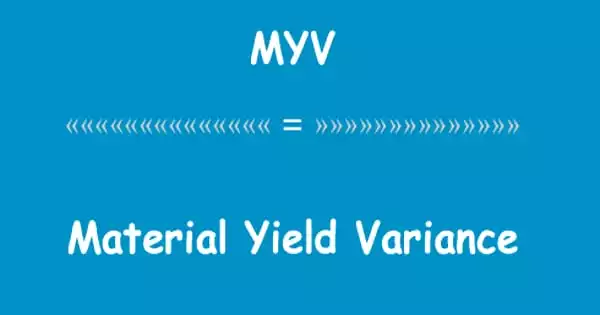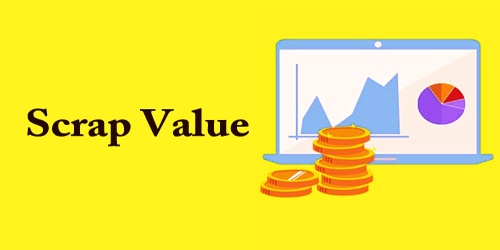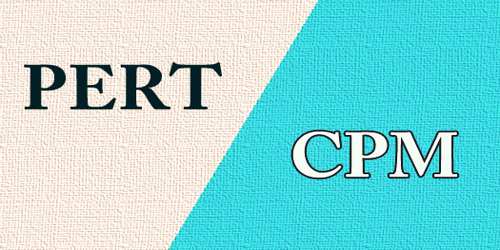The material yield variance is the difference between the actual amount of material used and the standard amount predicted to be used, multiplied by the standard cost of the materials. In layman’s terms, it is a material quantity variance that is converted to its cost to determine the monetary value of the variance. Material Quantity Variance is another term for it. Typically, the technical department in a corporation establishes the benchmark for per unit of usage or consumption. Furthermore, when determining standard unit usage, they consider a variety of parameters such as scrap rates, material quality, manufacturing process, and others.
The portion of material usage fluctuation caused by the difference between the standard yield (output) stated and the actual yield or output obtained is termed as material yield variance. The material yield variance differs from other material variances in that all other variances are based on input, whereas this variance is based on output. The formula is as follows:
(Actual unit usage – Standard unit usage) x Standard cost per unit = Material yield variance
The material yield variance can be calculated by using following formula:
Material yield variance (MYV) = (AY – SY) x SC
Where,
AY = Actual yield or output
SY = Standard yield or output
SC = Standard cost per unit
If the resulting figure is positive, it is considered as favorable and if the resulting figure is negative, it is considered unfavorable.
Example –
Hodgson Industrial Design’s engineering team believes that a green widget will require 8 ounces of rubber. During the most recent month, 315,000 ounces of rubber were used to make 35,000 green widgets, for a total of 9 ounces each product. The normal price for an ounce of rubber is $0.50. Its monthly material yield variance is:
(315,000 Actual unit usage – 280,000 Standard unit usage) x $0.50 Standard cost/unit
= $17,500 Material yield variance.
In the processing industries, where the result of one process becomes the input of another, calculating MYV is critical. For these businesses, measuring yield variance aids in keeping control over utilization. All firms want to get the most bang for their buck in terms of raw material utilization per unit. As a result, this difference is rather significant.
















